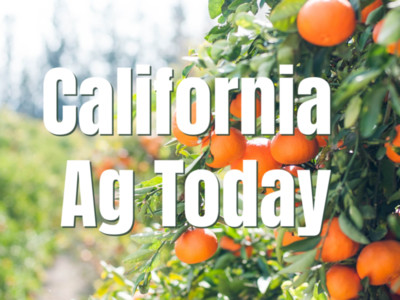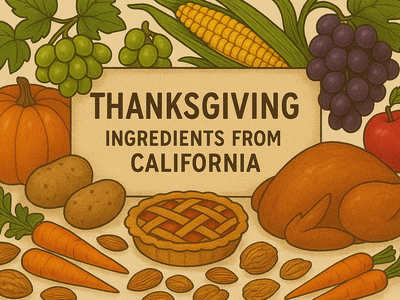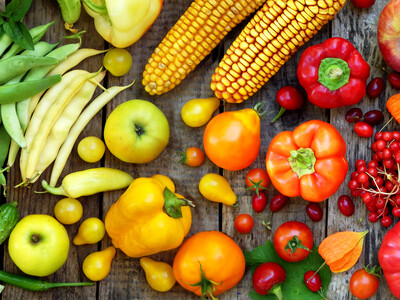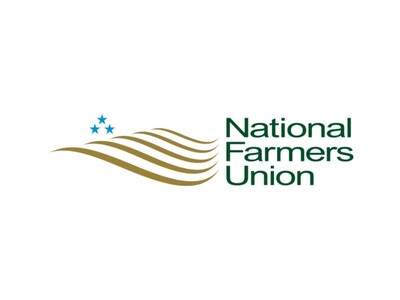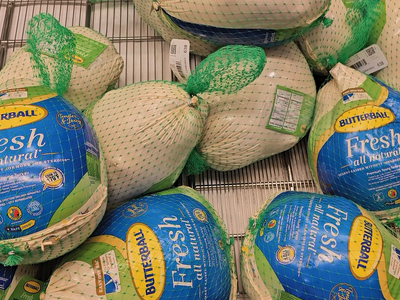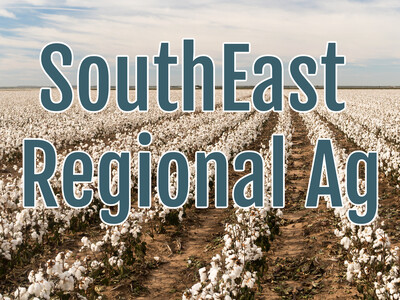Autonomy in Specialty Crops

Tim Hammerich
News Reporter
Automation in row crop farming is difficult enough, but the problems get even more complex in speciality crops. Charlie Andersen and his team at Burro are helping farmers take the first step to bringing robots onto the farm.
Andersen… “You know, you think, if you're in the Midwest and you're a big tractor, you're high up, there's nothing above you. You can use high precision GPS to navigate around. If you're in a blueberry ranch or a table grape vineyard, you're under the canopy. You can't see the sky at all. There's oftentimes no cell phone reception. GPS is going to be super spotty. And so you've got to be able to perceive the world with computer vision and recognize where can I drive? Where can't I drive? Is it a bucket? Is it a person? All those other things. So a lot of the seemingly basic questions around how to drive around in a crop like blueberries or table grapes are actually quite difficult to solve.”
Burro is a robot that moves by itself transporting fruit from the point of harvest to where it will be ultimately loaded out of the field on a truck.
Andersen… “It's an autonomous vision-based platform that is people scale. It's about four horsepower, runs about eight miles on a charge, and can carry about 500 pound give or take. Fits in either 27 or 28 inch wide spacing or 36 inch wide space, if you're in table grapes, and it uses a ton of computer vision to navigate around.”
Andersen hopes to expand the robot as a platform to perform many other autonomous functions for speciality crop growers.




